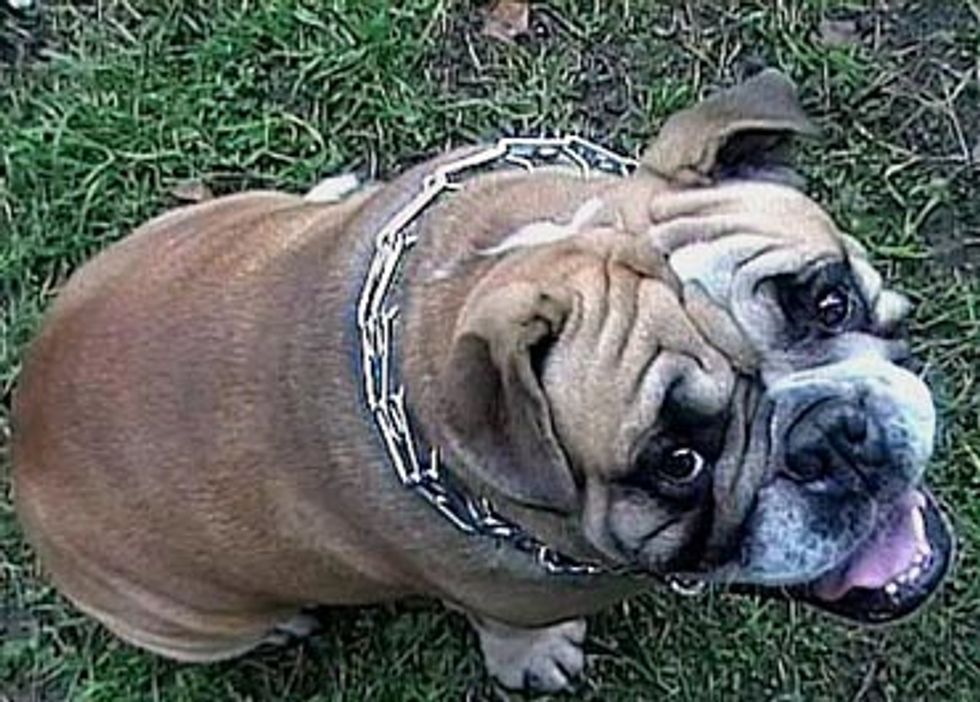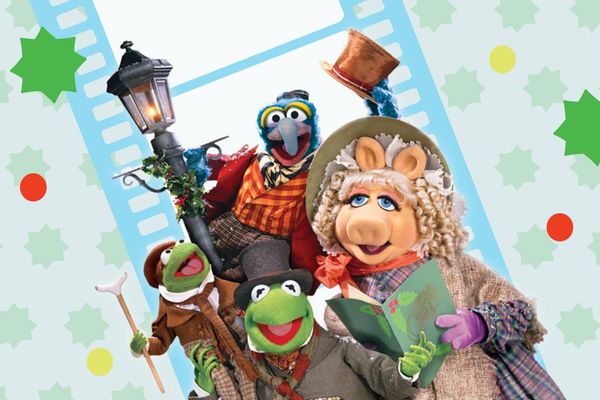Welcome to our weekly 'Ask a Vet from the SF SPCA' feature on 7x7.com. Dr. Jeannine Berger, DVM, DACVB is a board certified veterinary behaviorist who counsels guardians whose pets’ issues are beyond the scope of training. Think of her as a pet shrink…at your service. Ask your own questions in the comments!
Q: From what I can tell in dog parks and such, it seems like people in San Francisco are about as much in favor of training devices like the pronged dog collars as they are of Applebee’s. I’d rather see trained dogs than untrained dogs, so what gives? Are there other methods?
A: This is a great question! The philosophy of methods has come a long way. 10 years ago, most of the obedience classes would teach the sit command by pulling up on the leash while pushing the dog’s hind end down on the ground to force the dog into the sit position. This was called confrontational method training. Training methods for dogs and cats, like for kids, is a lot more sophisticated today. These old ways are akin to the school marm slapping a kid’s hand with a ruler. Today, the training method of choice is positive reinforcement (for pets, we’re not sure about kids!)
The problem with most confrontational methods is that they are using a lot of punishment and coercive techniques. Punishment is used after the fact; unfortunately punishment can also lead to fear and other unwanted behaviors and does not lead to the behaviors we want the dog to do. It isn’t clear that a dog is making the intellectual leap of associating a specific action with the correlating punishment in a way that will cause a dog to make positive behavioral changes.
Positive reinforcement training (using treats, praise, etc.) is good training – and it is the ONLY way to increase positive behaviors. The reward system is showing your dog, “Yes! I want you to act this way! Do more of that!” The training method, the tools and the skills set your dog up for success, not punishment. I want my dog to perform the commands willingly; this requires that I can catch my dog’s motivation to work. Some dogs work for food, others for toys and play and most dogs work for attention and affection. But the idea is that you are creating good habits. Repetitive, consistent positive reinforcement training will deter the bad behaviors as well as reinforcing the bond between you and your dog. Here’s to a happy, healthy life together!





















